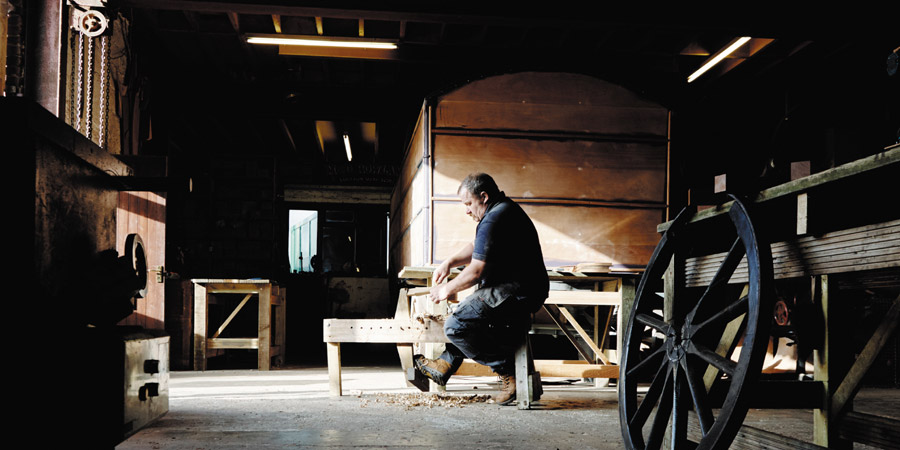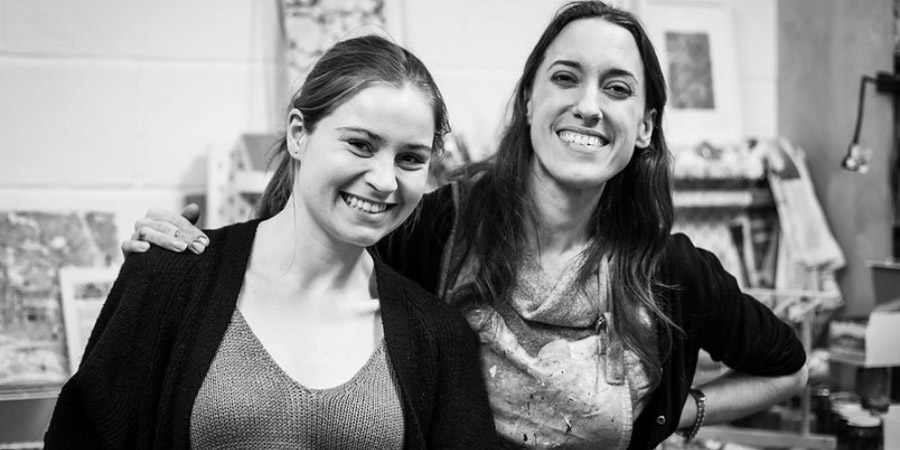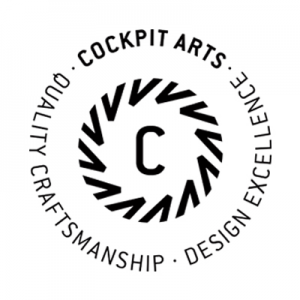
Heritage Craft Training Case Study – Greg Rowland and George Richards
What happens when an apprentice moves on?
Mike Rowland & Son Wheelwrights and Coachbuilders dates back to 1964 and remains a father and son business of Mike and Greg Rowland, both Master Wheelwrights. The original motivation for taking an apprentice into the business came from George Richards, a young local lad who expressed an interest in becoming a wheelwright. From this initial approach, and his obvious aptitude for the craft, Greg saw the potential benefit in future-proofing his business and succession planning. George joined the business as part of the Livery Company Apprenticeship Scheme that gave financial support to craft businesses wishing to take on apprentices. He excelled in the job and became a fully qualified Journeyman Wheelwright and talented wagon builder.
In early 2020 George left the business to set up on his own. This is a concern cited by many small businesses; what happens when you invest in a trainee and they then leave the business? Despite George moving on and some obvious sadness at his decision to leave, Greg describes the process as having been ‘massively successful’ and that his business is now more resilient and financially viable for the future.
A move like this doesn’t come without its impacts. The biggest change that had to be made was in the costs incurred in insurance, wages and pensions. It is a big step for a small craft business to start administering and paying for an employee, and this was daunting to begin with. The workshop also had to be made safe and compliant, which was a financial hit, particularly with the machinery. Work had to be scaled up in order to keep George employed and new approaches had to be developed. However, Greg views this as a positive move forward and as a step change in the longer term sustainability of the business.
“It has increased our work and our resilience. I now have more knowledge of my own business and my approach to business…It has made me better at running my business.”
Heritage craft skills will have also benefitted as George is a now fully qualified wheelwright and talented wagon builder. Greg also comments that it has impacted on his own skills: “not the hand skills as such, but the business, promotion and people skills”, which are crucial to managing a viable heritage craft business and in keeping it relevant.
“I would do it again”
In a couple of years the business hopes to take on another apprentice and Greg is confident that this will continue to benefit both his business and the longer term sustainability of wheelwrighting.
Livery Company Apprenticeship Scheme – It wouldn’t have been possible to have trained George without additional financial support from LCAS which gave £16,000 over three years to the host business.
Apprenticeship Structure
- Length – 3 years
- Qualifications gained – Level 3 Diploma in Bench Joinery and is a Journeyman Wheelwright.
- Financial support – Supported by the Livery Company Apprenticeship Scheme which offered £16,000 over three years to train an apprentice.
- Payments to apprentice – Paid at above the minimum apprenticeship wage and then employed as a Journeyman Wheelwright.
- Recruitment process – None, as the initial approach was made by George himself.
Photo © Rankin

Heritage Craft Training Case Studies – Lucy McGrath and Eloise Dethier-Eaton
How does it feel to let a new person in to your thriving craft business?

Lucy McGrath runs Marmor Paperie, a successful paper marbling business with a studio at Cockpit Arts. Despite being a relatively young business, it has grown rapidly and Lucy has become a well-respected marbler who is not afraid to push the creative boundaries of the craft. Marbling is time consuming and Lucy was finding it challenging to both build the business and continue to develop the technical expertise in being a traditional marbler. She was keen to spend more time on publicity, developing new ideas and products, and her mission to preserve marbling skills for the future.
It was time for someone new to join the business. Lucy comments that this did raise some important issues for her and it was important that this happened when she was ready. On a practical level she ensured that she could financially support a member of staff and that the available studio space would allow it but, on a personal level, she also acknowledges that this is not always an easy transition to make:
“It is hard to relinquish control and bring someone in. I would recommend it.”
In 2019 Eloise joined Lucy’s business through the Cockpit Arts’ Creative Employment Programme. This pioneering programme was set up to respond to the needs of the craft sector and provides support to craft employers at the stage when they are ready to grow their business. It is aimed at young people aged 16-24 from the local area with an aim to reduce the barriers to employment and create more opportunities in the craft sector over the long term.
Both Lucy and Eloise’s experience of the programme has been very positive. Eloise has completed the apprenticeship and will continue to be employed in the business alongside developing her own creative practice as a print maker. It has been successful in that is has enabled the business to grow and new products have been developed. Lucy describes the viability of a craft business as “the point at which it gets repetitive, when it becomes about refining the process, consistency and control of materials” and it is this that marks the transition from skilled amateur to professional maker. Eloise can now contribute to the business as a skilled professional maker and also in helping to run day to day operations. Lucy has found that it has freed her up to finesse her own high-level marbling skills and to try new approaches.
There have been some frustrations along the way. There were elements of the Business Administration apprenticeship, particularly the ‘off the job’ training, that were challenging to manage in a small business. In short, the end result was very positive and the support received from Cockpit Arts was invaluable, but the formal process of completing the apprenticeship sometimes felt like “a means to an end”.
When asked what she has learned from the process, Lucy says that “communication is the key to success!” She is also keen to point out that it is this passing on of skills that will ultimately ensure a future for her craft in a contemporary context.
“Heritage crafts need to be kept fresh and interesting. Look for someone who is different to you, with different skills, and who will challenge you in a good way.”
Apprenticeship Structure
- Length – 1 year
- Qualifications gained – Level 2 Business Administration
- Financial Support – Supported by the Cockpit Arts Creative Employment Programme and funded by the William Boreman’s Foundation. A wage grant of £3,800 was received that covered a third of the total wage bill.
- Payments to apprentice – Paid at above the apprenticeship minimum wage
- Recruitment process – Advertised and recruited through the Cockpit Arts’ Creative Employment Programme.






